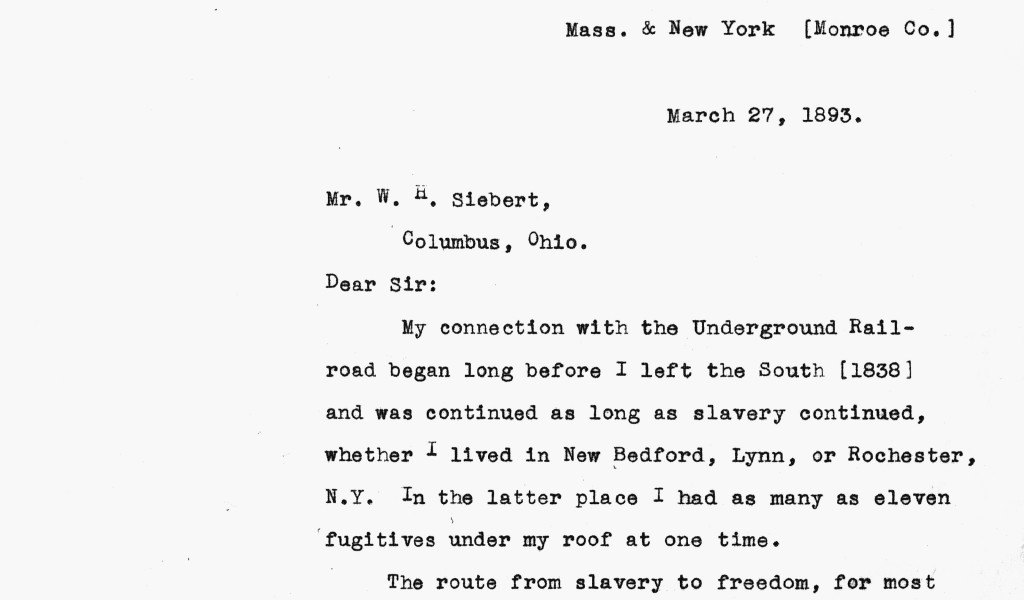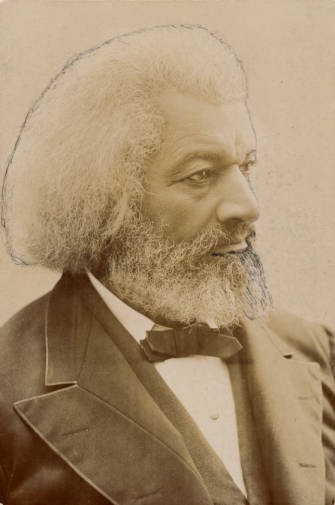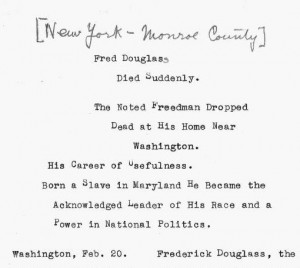From the Siebert Collection: Frederick Douglass


In continuation of our featured posts highlighting material from the Siebert Collection (open to the public through February 28th for Black History Month), this week we take a look at the material compiled by Wilbur Siebert related to that famous author, orator, abolitionist and statesman, Frederick Douglass.
Douglass was born into slavery in the state of Maryland as Frederick Augustus Washington Bailey, although the exact date of his birth has never been known. The year was likely around 1818, and Douglass later selected February 14th as his birthday. His early life, from his birth through his escape from slavery in 1838, is a fascinating and moving account of the strength of the human spirit, and is described in eloquent detail in his multiple autobiographies. Perhaps the most famous of these is Narrative of the Life of Frederick Douglass, an American Slave, a book which shocked many readers with Douglass’ remarkable talent and spoke plainly for the need to abolish the institution of slavery.
The next six decades of his life after he escaped to freedom were spent in pursuit of equality for all human beings through his many occupations, and his efforts included advocating for the rights of blacks, women, Native Americans and recent immigrants. In an 1855 lecture against slavery, Douglass was famously quoted as saying “I would unite with anybody to do right; and with nobody to do wrong.”
One of the many interesting items in the Siebert Collection is the letter seen above, from Douglass in response to the circular distributed by Siebert himself. In this version, retyped by Siebert for research purposes, Douglass describes the route and conductors that led many slaves to freedom in the north. Written from his home estate of Cedar Hill in Washington, DC, this letter came less than two years before his death in February of 1895.

Other valuable items related to this important figure in the long history of the Underground Railroad include:
- an account of the “mobbing” of Douglass in Pendleton, IN, during an anti-slavery meeting–an event which left him with a near-fatal head wound
- multiple biographical and autobiographical excerpts about the life and actions of Douglass
- an extensive report about Douglass’ death at his home, seen at right, with a retrospective on his incredible life
See these items and more in the Siebert Collection during the free month of February, and check back next week for the final highlight from the collection in celebration of Black History Month!
Thanks to Lily Birkhimer, Digital Projects Coordinator at the Ohio History Connection, for this week’s post!



Leave a Reply
You must be logged in to post a comment.